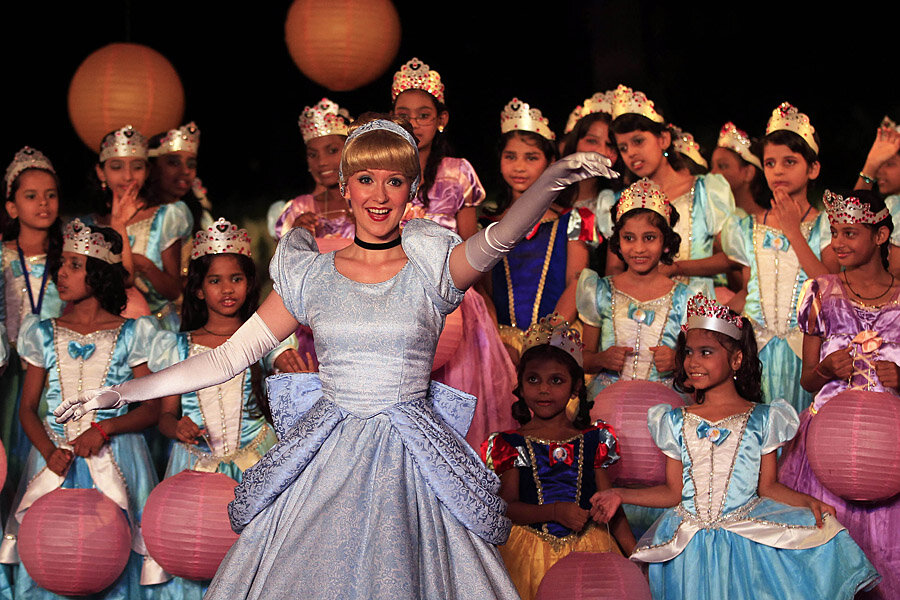What five classic Disney movies can teach us about personal finance
Loading...
They’re the familiar films you watched endlessly on VHS as a child. You rewound your favorite parts over and over and memorized the songs. But did you know that these classic Disney movies have hidden financial lessons? NerdWallet mined the archives of our favorite animated classics and found five money motifs for you to spot the next time you revisit these treasured films.
1. “The Little Mermaid”—Be resourceful
On an underwater adventure to a sunken ship, Ariel discovers an old fork her seagull friend, Scuttle, dubs a “dinglehopper,” and she puts it to use as a comb. Ariel’s shipwreck discovery is analogous to a good thrift shop find. New isn’t always better, and sometimes you can save a lot by using your resources to find used products, whether it’s household goods, clothes or a car.
2. “Pinocchio”—Tell the truth
In this traditional tale, Pinocchio lies about skipping school and his nose grows longer until it becomes a tree branch. Learn from Pinocchio and don’t fib when it comes to finances. Accountability and trust are the basis for nearly every financing option from credit cards and FICO scores to insurance plans and bank accounts. Compromising your credibility isn’t worth it, so be honest when reporting your annual income, claiming deductible expenses and filing your taxes.
3. “Aladdin”—Budget wisely
You and Aladdin have at least one thing in common: You both have a limited supply of assets. In Aladdin’s case, it’s wishes. He only has three, and he uses them carefully throughout the film on his quest to win Jasmine’s heart. For you, the limited asset is money, so make a budget that works for your lifestyle and stick to it. Whether you do it with pen and paper or online, just do it, because budgeting is a basic necessity for financial health.
4. “Beauty and the Beast”—Be charitable
The prince-turned-beast is a Disney icon—but do you recall how he became the monstrous creature in the first place? The young prince refused to help an old beggar by giving her shelter for the night, and the transformation was his punishment. The lesson here: Don’t keep all the dough for yourself. If you can afford to, give back. Donations can be tax deductible, and some credit cards even offer rewards for charges made to charities.
5. “Cinderella”—Money doesn’t buy happiness
What can you learn from this rags-to-riches tale? Work hard and success will come. Cinderella starts out practically enslaved, burdened by her stepmother with endless chores, while her stepsisters bask in wealth. But in the end, Cinderella is the one who meets and marries Prince Charming. Instead of being consumed by materialism like Cinderella’s stepsisters, focus on spending your money sensibly, not frivolously.
You know what happens at the end of each of these stories: Our heroes and heroines live happily ever after. If you take note of these money lessons and make smart decisions, your finances can have a happily ever after, too.







